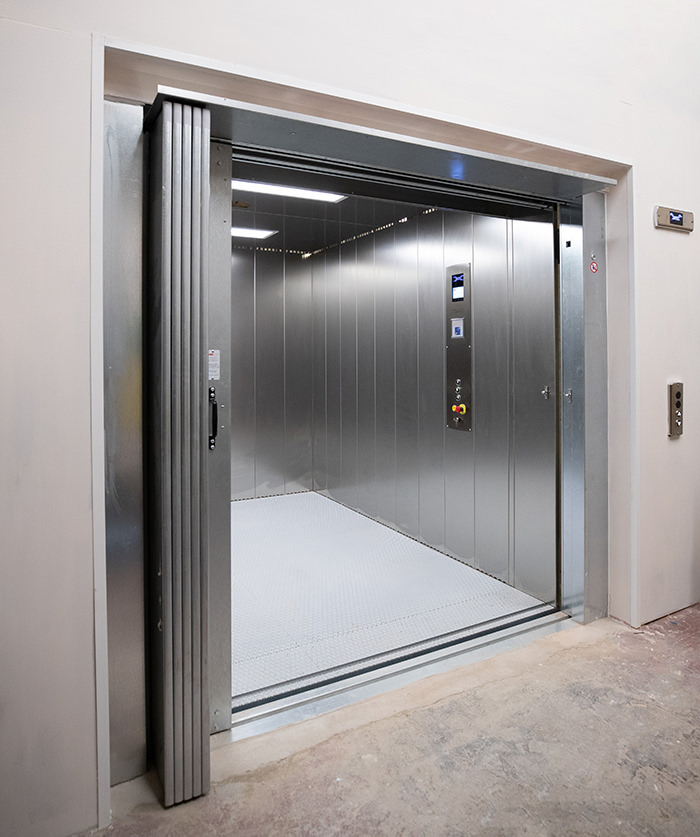Leading Lift Companies in London: Offering Top Quality Installations and Upkeep
Wiki Article
Looking Into the World of Lifts: Typical Issues Dealt With by Various Lift Devices
As we navigate via the upright transportation systems of contemporary buildings, lifts stick out as a vital component of our lives. However, behind their smooth operation exists a globe of intricate devices that can often encounter difficulties. From hydraulic lifts to traction systems and machine-room-less styles, each lift type includes its collection of common problems. Recognizing these difficulties is critical for guaranteeing the smooth performance of these important systems. Allow's discover the complexities that underlie the operation of lifts and the prospective concerns that can arise, dropping light on the detailed web of lift mechanisms.Hydraulic Lifts
Hydraulic elevators, commonly preferred for low-rise buildings, utilize fluid pressure to manage the motion of the elevator cars and truck (lift repair companies). This device involves a hydraulic pump pushing oil into a cylinder, creating the lift to move in the wanted direction. While hydraulic lifts are known for their peaceful and smooth operation, they do feature their very own set of typical problemsOne widespread trouble with hydraulic lifts is oil leakage. Additionally, issues with the control system, such as faulty shutoffs or a malfunctioning pump, can trigger disturbances in the lift's movement.
Regular upkeep and timely repair work are vital to guarantee the smooth functioning of hydraulic lifts. By resolving these typical issues proactively, structure proprietors can reduce downtime and ensure the safety and performance of their vertical transport system.
Grip Elevators
When taking into consideration vertical transportation systems in structures, one more common kind besides hydraulic lifts is the traction lift. Traction elevators operate using a system of ropes and weights that move the elevator car by grasping onto the hoist ropes. This mechanism enables smoother and quicker upright transportation contrasted to hydraulic systems.One of the typical issues encountered by traction lifts is rope wear. The constant activity of the ropes within the traction system can cause tear and wear with time, potentially creating the lift to breakdown or end up being harmful for use. Regular assessments and maintenance of the ropes are essential to ensure the elevator's proper functioning and security.
Another concern that traction lifts may encounter is connected to the control system. Problems with the control system can result in issues such as unpredictable activity, hold-ups in reaction times, and even total shutdowns. Routine testing and maintenance of the control system are essential to prevent such concerns and ensure the elevator's integrity.
Machine-Room-Less (MRL) Elevators

One of the key parts of MRL elevators is the small gearless grip device that is set up within the hoistway. This equipment effectively drives the elevator auto without the requirement for large tools discovered in standard traction elevators. In addition, MRL lifts commonly utilize a weight system to stabilize the cars and truck, further boosting their energy efficiency.
Despite their benefits, MRL elevators may encounter difficulties connected to upkeep and repair due to the restricted room for equipment installation. Availability for servicing components within the shaft can be restricted, calling for specialized training for specialists. Appropriate upkeep description schedules and routine inspections are vital to guarantee the ongoing smooth procedure of MRL elevators.
Overloading and Weight Restriction Issues
Straining and weight limitation problems are vital issues in lift procedures. Elevator makers style lifts with particular weight capacities to ensure passenger safety and equipment longevity.When elevators are overwhelmed, it puts too much pressure on the motor, wires, and other parts, possibly causing failures or breakdowns. Safety and security devices such as sensors and overload sensors are in area to avoid lifts from moving if they detect excess weight. Furthermore, going beyond weight limits can result in boosted power intake and deterioration on the elevator system.
To reduce straining concerns, building managers should plainly show weight limitations in elevators and educate occupants on the value of sticking to these restrictions - lift repair companies. Normal maintenance checks by certified professionals can additionally aid make certain that lifts are operating within safe weight specifications. By attending to overloading and weight limitation concerns proactively, structure proprietors can enhance lift safety and efficiency
Electrical System Failings
Surpassing weight limitations in elevators can not just lead to mechanical concerns but also potentially contribute to electrical system failures within the lift framework. Electrical system failings are a crucial worry in elevator operation, as they can cause unforeseen closures, breakdowns, or image source also safety risks.Furthermore, power rises or changes in the electrical supply can also disrupt the elevator's procedure, affecting its performance and safety. These electrical disturbances can damage sensitive elevator parts such as control board, motherboard, or sensing units, leading to system failures. Routine upkeep and evaluations are crucial to recognize and address potential electric problems without delay, ensuring the effective and secure procedure of lift systems. By adhering to weight limitations and performing regular electrical system checks, structure proprietors can alleviate the risk of electric failures in elevators.
Verdict

Hydraulic lifts, typically favored for low-rise buildings, make use of fluid pressure to manage the movement of the elevator automobile.When taking into consideration vertical transport systems in structures, an additional usual type apart from hydraulic elevators is the traction elevator. Traction elevators operate making use of a system of ropes and weights her latest blog that relocate the lift cars and truck by gripping onto the hoist ropes. Unlike conventional lifts that require a different equipment room to house the tools, MRL lifts integrate most of the parts within the shaft, eliminating the need for a specialized machine room.In final thought, elevators deal with usual issues such as hydraulic malfunctions, traction system failures, and electric system troubles.
Report this wiki page